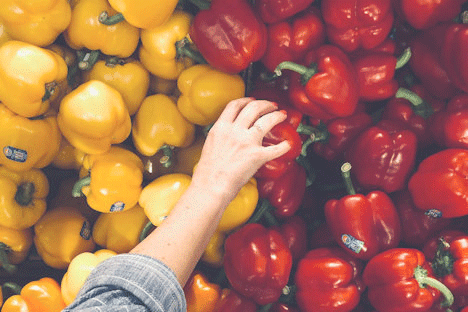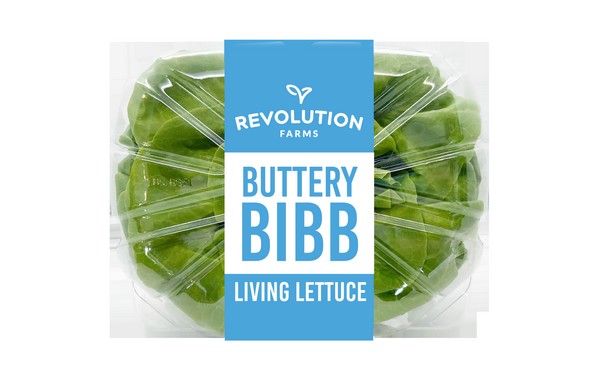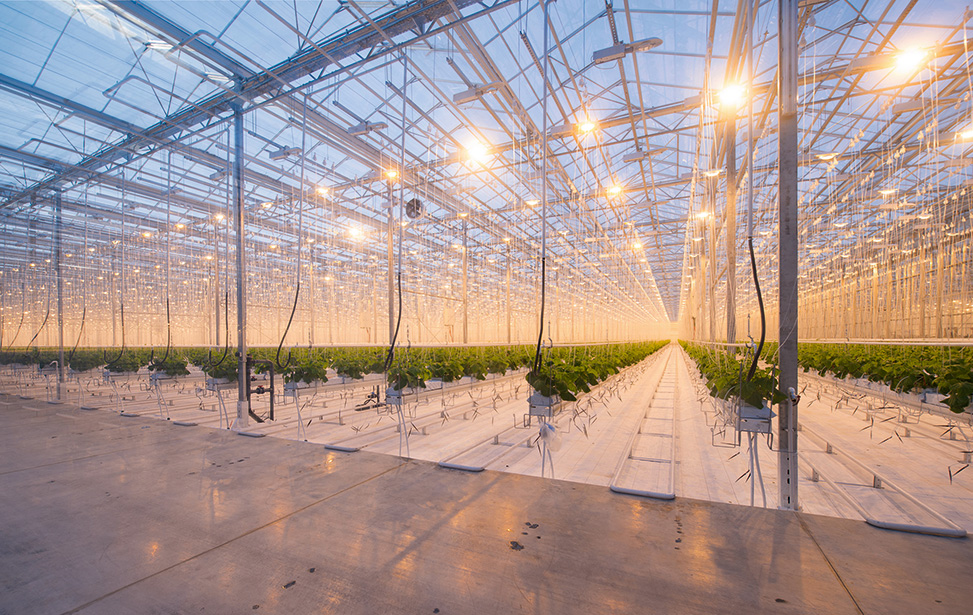The bell pepper industry in Spain has shown notable economic trends in the first half of the year, with farmers receiving an average of €1.34 per kilogram for all categories of bell peppers. This data, sourced from the Andalusian Government’s Observatory of Prices and Markets, highlights significant fluctuations and underlying challenges faced by producers.
Economic Overview
Average Prices
In the first six months of the year, the average price for bell peppers across all categories stood at €1.34 per kilogram. This figure represents the amount paid to producers upon delivery to storage or marketing companies, excluding VAT and handling or marketing costs. It provides a clear picture of the farm gate prices that producers are working with.
California Variety Pricing
The California variety, one of the most commonly cultivated bell pepper types, experienced significant price variability. From January to June, the average price was €0.91 per kilogram. Prices peaked at €1.20 per kilogram in January, reflecting high demand and possibly lower supply during the winter months. However, by May, the price had dropped to €0.56 per kilogram, illustrating the seasonal supply increase and market saturation typical in agricultural products.
Market Dynamics and Challenges
Seasonal Variations
The bell pepper market is highly susceptible to seasonal changes. During winter months, lower temperatures reduce yields, leading to higher prices. Conversely, in spring and early summer, increased production leads to price drops. This seasonal pricing variation is a common challenge for farmers who must balance production schedules with market demand to optimize revenue.
Production Costs
Despite relatively high average prices, the profitability of bell pepper production is impacted by various costs. Inputs such as seeds, fertilizers, and pest control measures are significant expenses. Additionally, labor costs, especially for harvesting and handling, are substantial. According to recent studies, labor can constitute up to 50% of the total production costs in intensive vegetable farming systems like those used for bell peppers.
Market Competition
Spanish bell pepper producers face intense competition both domestically and internationally. Countries with lower production costs, such as Morocco and Turkey, are significant competitors in the European market. This competition can drive prices down, particularly during peak production periods.
Sustainability and Innovation
Water Usage
Water scarcity is a growing concern in Spain, particularly in agricultural regions like Andalusia. Efficient water management practices are crucial for sustainable bell pepper production. Innovations such as drip irrigation and improved water recycling systems are being increasingly adopted to address this issue.
Integrated Pest Management (IPM)
The adoption of Integrated Pest Management (IPM) strategies helps reduce dependency on chemical pesticides, promoting environmentally friendly practices and potentially reducing costs. IPM involves using biological control agents, crop rotation, and other methods to manage pest populations sustainably.
The bell pepper market in Spain demonstrates a complex interplay of economic factors, seasonal dynamics, and competitive pressures. While the average price received by producers in the first half of the year is relatively high, underlying challenges such as production costs and market competition remain significant. Innovations in water management and pest control offer pathways to sustainability and improved profitability.









